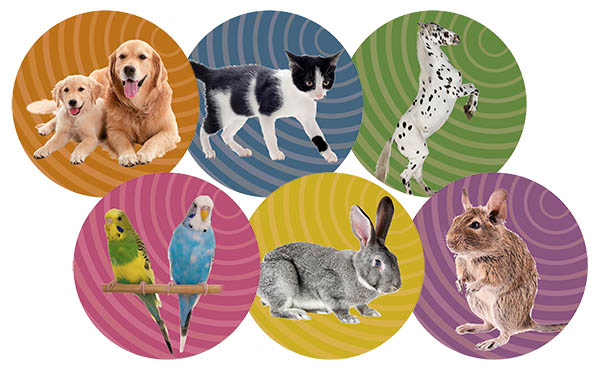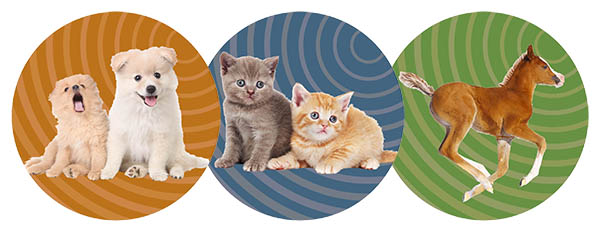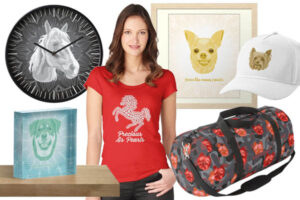A new standard practice for pets and horses?
Physical vs. psychological well-being
Many things are generally accepted as standard practice in pet and horse care. It is normal to take care of things like food and water, a secure shelter, various health precautions for teeth, beaks, claws, hoofs, fur and intestines, and basic training. These are physical factors.
WeStopFear noise phobia therapy is about improving the psychological health of the pet or horse. This is so that it can live its life and FEEL and BELIEVE that it is SECURE and SAFE, instead of a crippling life of FEAR, thinking it is potentially in grave danger from some unknown threat it hears sounds from, which we people know are utterly harmless.
A new standard practice?
If all pet and horse owners would do noise phobia therapy (of some type, WeStopFear or other types that also work when done right) for prevention, then the general psychological health and FEELING of being secure would improve among pets and horses. A lot of suffering, injury and even untimely death would be averted (although not all as 100% success can never be promised).
Thus, it is the goal of WeStopFear that preventive noise phobia therapy will become a standard practice for all pet and horse owners. It is the goal of WeStopFear to facilitate a general improving of the happiness and safe feeling among pets and horses, and their owners’ satisfaction and peace of mind as well.
That is much easier than deal with fear of noises after that is a fact, and also would spare the pets a lot of suffering.
Let's improve the well-being of ALL pets and horses
Puppies, kitten, foal, the young: Start when young
The most desirable is that all pet and horse owners would conduct noise phobia therapy for their pets and horses when young. It is obvious that pets and horses may naturally hear these potentially trouble-causing sounds from young age.
Ordinary age limits for when to start training do not apply, since habituation isn't training in that sense. The pet or horse should experience the sounds as a coincidence, and they should not realize that the human handler had anything to do with them.
There are instructions inside the member's pages for the youngsters of each pet type or horses.
Let's improve the well-being of ALL pets and horses
Mobilize the world: 500,000,000 (500 million) households
The number of households with pets or horses is very large. Since it would be best that all pets and horses were given this method to prevent possible future problems, then that means that almost half of all households in western countries should ideally do this. That is around 200 million households.
WeStopFear estimates that half of middle-class, upper middle-class and high-class households in other parts of the world, that are likely to own a pet or horse, would be around or more than 300 million.
In total, preventive noise phobia therapy could ideally be practiced in a total of 500 million households. This is the number of households where pet and horse owners need, should, and could be doing noise phobia therapy, especially for prevention.
Indeed, since the WeStopFear programs are offered at modest prices, and the goal is also to offer a totally free solution on another website, then the economic factors will hopefully not be a constraint when it comes to the question of how many can potentially do this kind of therapy for their pets or horses.
To work on expanding the user base of pet and horse owners that take care of this issue is the huge task that waits for future pets and horse lovers to realize. The goal should be that ALL pets and horses will benefit from methods of this kind, either WeStopFear or other solutions, with different approach for people with different preferences, that are also capable of delivering positive results for pets and horses of the world.
Let's improve the well-being of ALL pets and horses
Choose your pet type or horse solution introduction:
Dogs, outdoor cats, indoor cats, horses, pet birds, small mammals, exotic pets, various types of pets.
(Small mammals include rabbits, guinea pigs and hamsters. Exotic pets include chinchilla, degu, fancy mice, fancy rats, fennec fox, ferret, gerbils, hedgehog, sugarglider and pot-bellied pig. Various types of pets are any pet types combination excluding horses.)
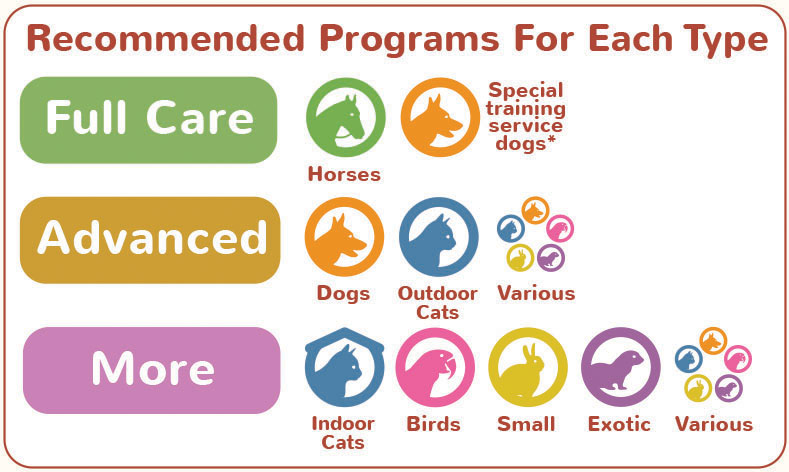
Front Pages Links
Types Solutions
Programs
Overview
Walk through screencast video
Sounds and videos
Try the 5 steps therapy sounds players
Sounds in programs (most types)
Sounds in Solutions for Horses
Sounds in Solutions for Outdoor Cats
Explore the 5 step video therapy
Further Information
Various information from around the web
Comparing solutions in the market
A new standard practice for pets and horses?
Mobilize the world: 500 million households
Short comparison of WeStopFear and conventional process
What is noise phobia or fear of noises?
Book Chapters
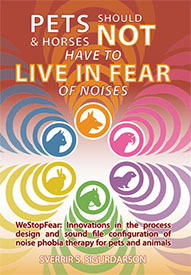 Chapters from the book "Pets and Horses Should Not Have To Live In Fear Of Noises", available on Amazon.com as Print version or Kindle version.
Chapters from the book "Pets and Horses Should Not Have To Live In Fear Of Noises", available on Amazon.com as Print version or Kindle version.
About animal types, fear of sounds, and noise phobia (page 23)
Ten items to be better (page 106)
About Simple Secure Steps and the four innovations (page 111)
Comparison of the conventional method and WeStopFear’s Simple Secure Steps (page 127)
Is this new method the best method available? (page 137)
About the Years of development (page 155)
Merch
Infographics designed by WeStopFear © Copyright.

